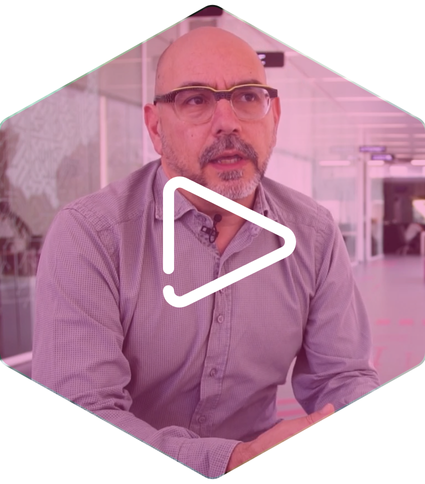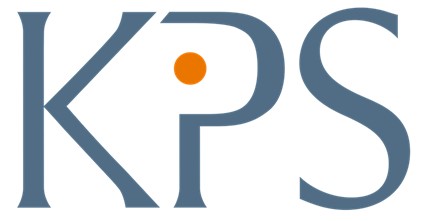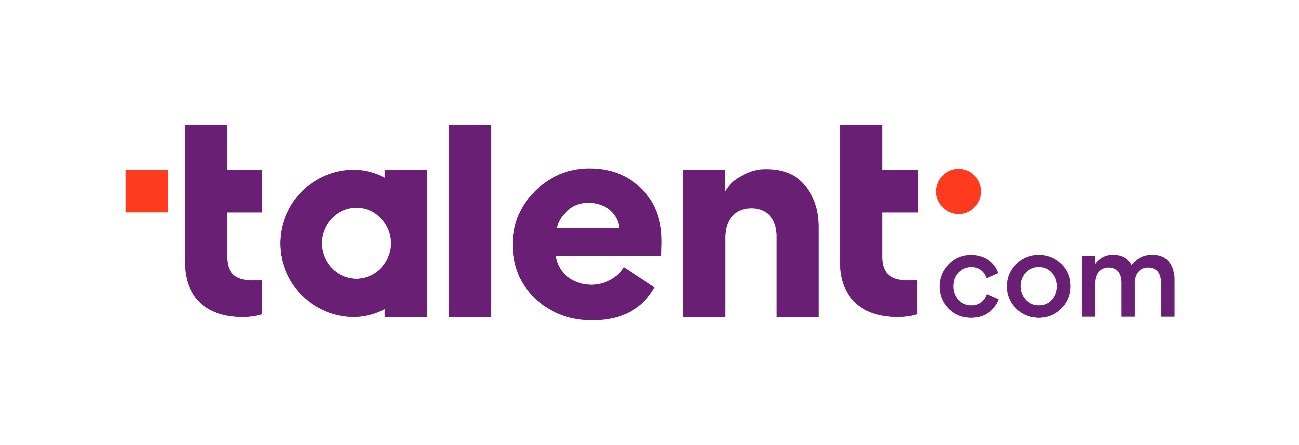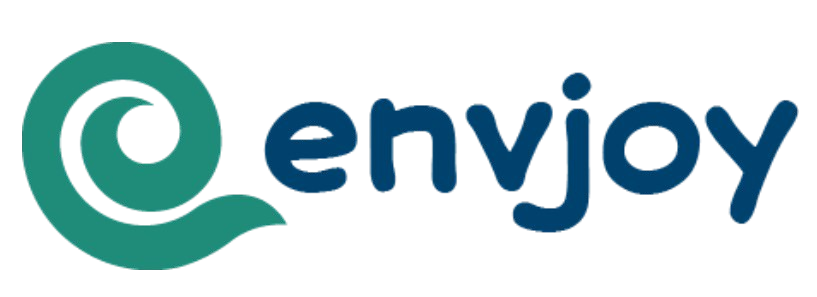IT Academy Business
Breadcrumb
ITA Header

ITA - Caselles amb text - At IT Academy we help you find the ICT profile you need!
We manage your company's job offers.
We spread your vacancies with our community.
We make selection of competences with validated techniques.
ITA - Contacta'ns i el nostre equip es posarà en contacte amb tu!
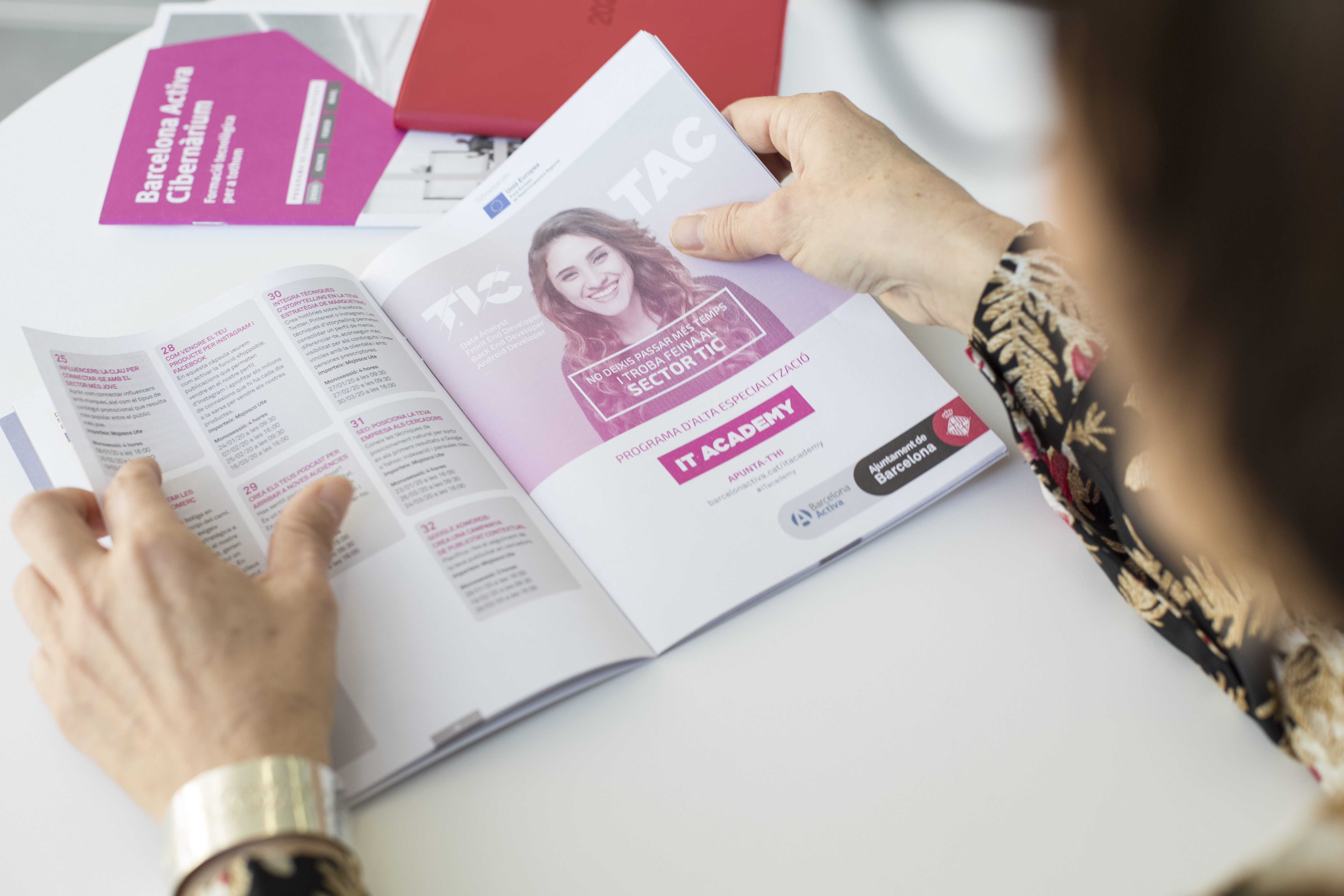
training plan


selection service
ITA - The profiles we place at your disposition
The profiles we place at your disposition
Front end Developer
PHP Developer
Java Developer
Nodejs Developer
Data Analyst
Participants who complete the Frontend programme are equipped to build interactive, accessible web applications optimised for all devices, transforming designs into functional and modern interfaces.
They are proficient in key web development technologies including HTML5, CSS3, SASS and Bootstrap, and have a solid foundation in JavaScript and TypeScript. They apply best practices and design patterns to create reusable and easy-to-maintain components.
They specialise in today’s most in-demand frameworks —Angular or React—developing applications, managing component lifecycles, and implementing routing, forms and state management.
They have knowledge in unit and functional testing, and work with GitHub from the outset, applying workflows such as Git Flow and collaborating through pull requests.
The programme concludes with a project phase that simulates a real business environment. During this stage, participants work in multidisciplinary teams using agile methodologies such as SCRUM, consume APIs to integrate external services and use Continuous Integration (CI) and Continuous Deployment (CD) tools.
This profile combines strong technical expertise with collaborative skills to create efficient, scalable and user-centric interfaces.
Participants who complete the Full Stack with PHP course are trained to handle both the front-end and back-end development of a web application, making them versatile and highly sought-after professionals.
They have a strong grasp of core PHP, applying clean code best practices and recognising design patterns. They can develop applications using layered (MVC) and client-server (REST API) architectures. They also know how to build robust applications that work with relational (MySQL) and NoSQL (MongoDB) databases and are trained in automated testing and error handling. All this is strengthened by using Laravel, our benchmark PHP framework.
On the frontend, they possess solid knowledge of HTML and CSS, including responsive design and integration with external services through API consumption. This enables them to understand and effectively collaborate with client design and development specialists.
This front-end knowledge is enhanced through the use of the Tailwind framework and Laravel’s Blade template engine.
During the specialisation phase, supported by artificial intelligence, they also develop a small frontend that connects to the backend via a REST API, enhancing their understanding of data flow and integration between layers.
Throughout the programme, they use GitHub, following methodologies such as Git Flow, issues and pull requests.
In the final project phase, they collaborate with other roles, using SCRUM, and applying Continuous Integration and Continuous Deployment (CI/CD) practices. They also use other basic tools such as Docker containers.
This profile is distinguished by a comprehensive overview of web development and the ability to adapt to different phases of a technology project.
Participants who complete the Backend with Java course are able to develop robust, scalable and secure services to manage the logic and data of web and mobile applications.
They have a strong command of core Java and object-oriented programming principles, applying SOLID principles and design patterns to build well-structured, scalable and easy-to-maintain systems. They are also trained in automated testing and error handling. They learn to model and manage data using relational databases (MySQL) and NoSQL (MongoDB), and are capable of writing complex, optimised queries.
They specialise in building RESTful APIs with the Spring Boot framework, integrating features such as authentication and authorisation using Spring Security and JWT, data validation and service documentation with Swagger. They also use SonarCloud to audit code quality and automatically detect vulnerabilities or poor practices.
During the specialisation phase, supported by artificial intelligence, they develop a small frontend that connects to the backend via a REST API, enhancing their understanding of data flow and integration between layers.
Throughout the programme, they work with real tools and environments, such as Docker for containerisation and GitHub for collaboration and version control, including branches, commits and pull requests.
In the final phase, they simulate the day-to-day operations of a real company by building a collaborative project using agile methodologies such as SCRUM and applying CI/CD practices for continuous integration and deployment.
This technical profile is well-prepared to take on the development and maintenance of complex systems in professional settings.
People who do the Node.js itinerary have a solid understanding of advanced JavaScript applied to servers, know good practices and software design patterns. They can manage relational and non-relational databases, from the design of data structures to queries to them. They program servers with functionalities that range from file upload, authentication with JWT or Apios RISTRA with databases and Express.js framework. They have bases for unit testing , front end integration and real time communication with Socket.io. Knowledge, use and good practices of the GIT version control system.
Participants who complete the Data Analytics programme are able to manage, analyse and visualise data to answer business questions and support data-driven decision making.
They possess a strong foundation in relational databases (SQL), including table modelling and management, as well as non-relational databases. They know how to extract data using complex SQL queries and consume data from external APIs.
They are proficient in visualisation tools such as Power BI, where they create interactive dashboards and customised reports. Additionally, they use Python (along with libraries such as Pandas, NumPy, Matplotlib and Seaborn) for data processing and analysis.
The programme ends with a business simulator that replicates the day-to-day operations of a real company. During this stage, participants work using agile methodologies such as Kanban, collaborate via GitHub (issues, commits, pull requests, etc.) and develop key professional skills including time management, teamwork and effective communication.
This profile combines technical, analytical and communication skills to generate actionable insights and value propositions in any organisational setting.
ITA - Skills
socialisation
commitment
ITA in figures
IT Academy in figures





